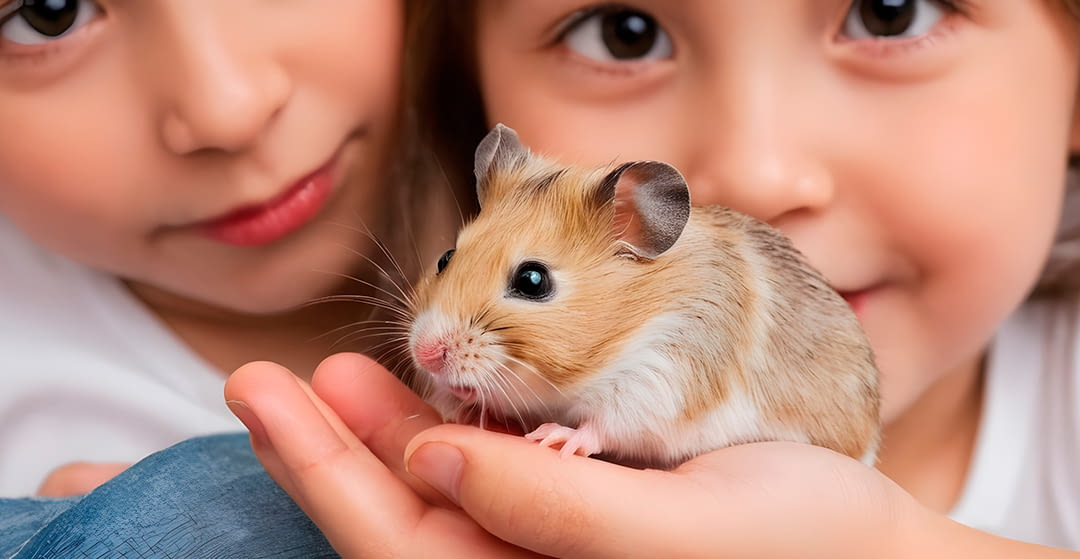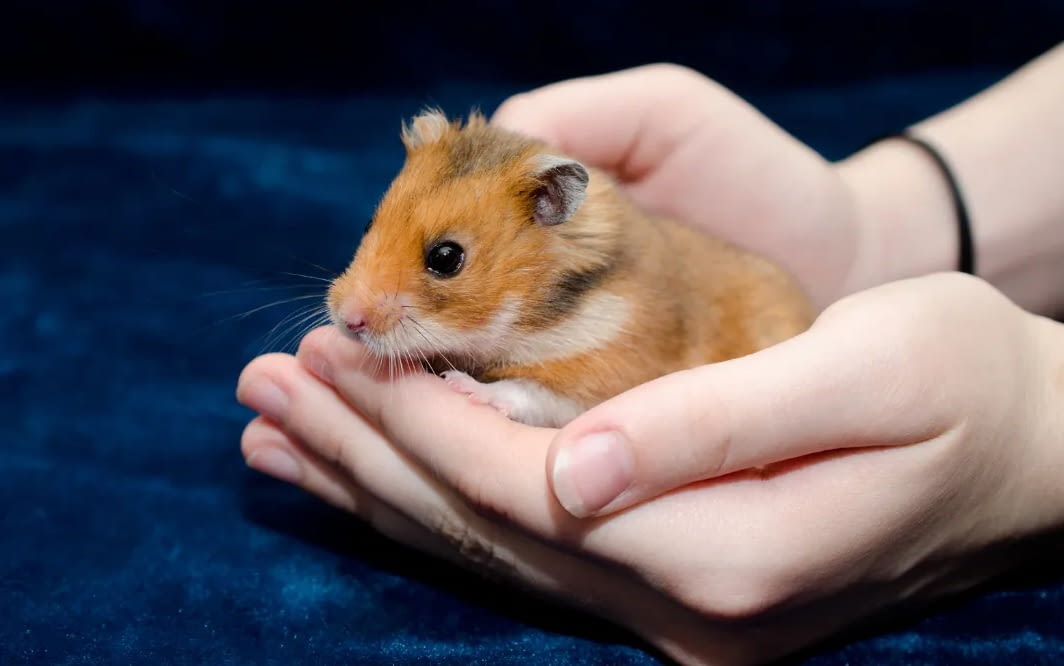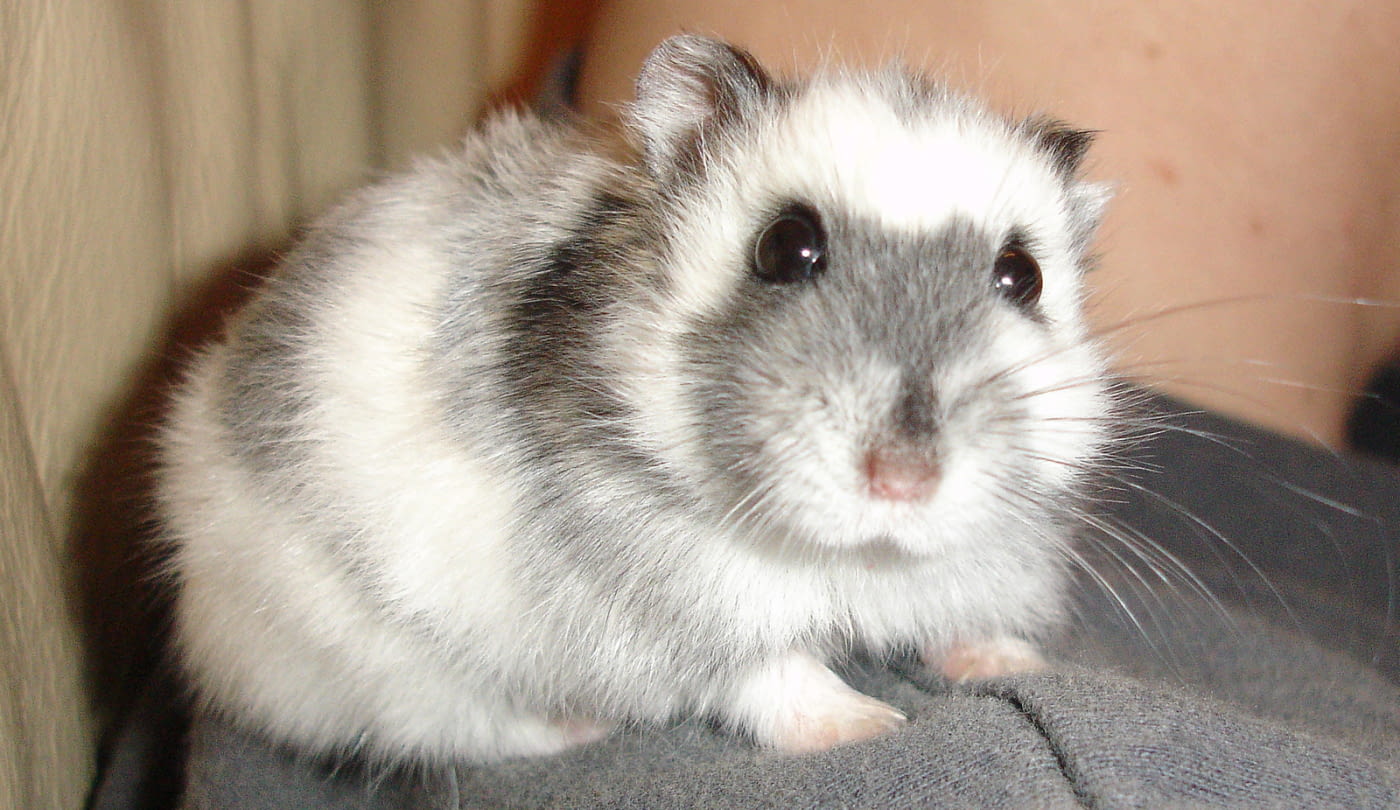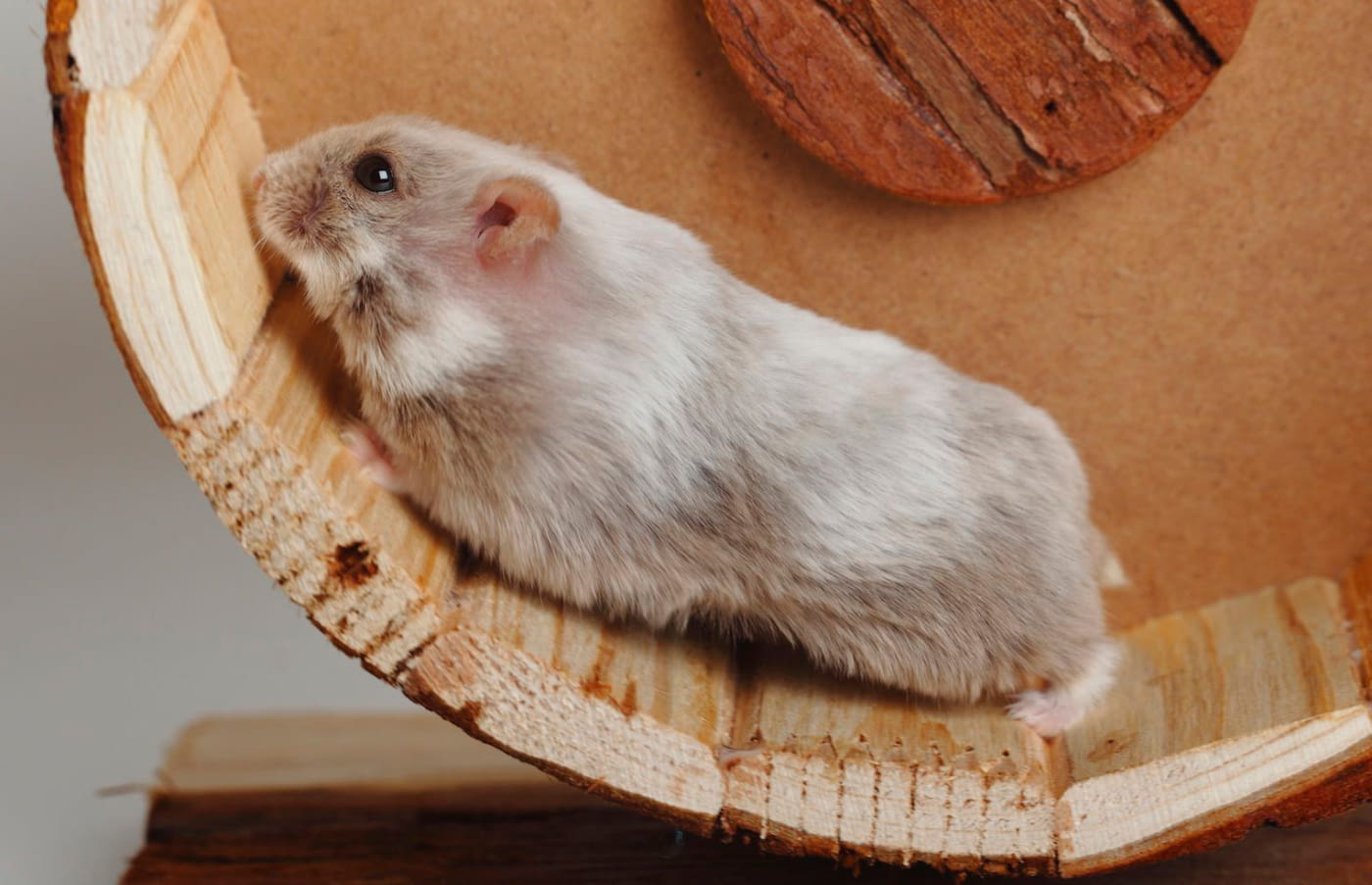
Hamsters are recognized as one of the most charming and adorable creatures to have as pets. Their endearing nature and friendliness make them beloved companions.
In addition to being fun, these small rodents are quite easy to care for and do not require much space to feel comfortable. They are creatures that express their emotions in a simple way; For example, when they meticulously clean their cage or dig in their bedding, it is a clear indication that they are happy.
However, it is essential to consider various aspects related to its care, since each type of hamster may have particular needs. Below, we detail these needs to provide a useful guide and resolve any questions you may have.
CHARACTERISTICS OF HAMSTERS
The hamster, scientifically known as cricetine, is a type of rodent that originates from the Middle East and the southeastern United States. It belongs to the family of murid rodents and one of its distinctive characteristics is the large space they have in their cheeks, where they store food to consume it gradually.
Mostly solitary, in their natural habitat, they feed on insects, frogs, lizards and other small animals. In domestic environments, it is common to be given fruits, vegetables, hamster hay, seeds, grains, crushed corn, and other fresh foods. It is important to note that hamsters are nocturnal animals, which means that they usually rest during the day and can be more active and playful at night in their cage.
TYPES OF HAMSTER
So far, at least 18 different species of hamster have been identified, including several domestic and non-domestic varieties. Below, we show you the most recognized ones.
SYRIAN HAMSTER
The Syrian hamster is an excellent choice to have as a home pet due to its calm and sociable nature. This breed of hamster is known for not being prone to biting, and with enough patience, they can even be trained.
It is ideal to acquire it when it is a baby, around three weeks old, to get it used to caresses, human contact and proper feeding. The Syrian hamster, also known as golden because of its coat color, usually has long fur, especially males.
However, if they are placed in the same cage with other hamsters, they can become aggressive, so it is advisable to only have one. They have an average life expectancy of about 3 years and their weight ranges between 100 and 150 grams. It is important to note that among the different hamster breeds there are several varieties, such as the panda hamster, the Siamese hamster or the Angora hamster, which are actually Syrian hamsters, but are known that way due to the color of their fur.

RUSSIAN HAMSTER
This hamster is one of the smallest among the various species. One of its most notable characteristics is its ability to withstand extremely low temperatures, reaching -25ºC in its natural habitat.
Its fur comes in shades of gray and brown, with a distinctive black stripe down the center of its back. Another relevant peculiarity is their ability to cohabit with others of their species in the same space, especially if they are of the same sex and get used to it from an early age. They usually have an average life expectancy of around two years.

ROBOROWSKI HAMSTER
When talking about hamsters and mentioning the most popular breeds and species, it is essential to highlight the Roborowski hamster. This tiny rodent is among the smallest and has a short tail. He is especially distinguished by his prominent mustaches and his extremely happy and friendly character.
However, it is important to keep in mind that they are very agile and elusive, as well as restless and nervous, so it is recommended to keep them in large habitats so that they can exercise and move freely. It is crucial to mention that these small rodents can bite in certain circumstances, and due to their rapid mobility, they tend to easily escape from your hands. The Roborowski hamster generally has a life expectancy that ranges between 2 and 4 years, with a weight that varies between 20 and 35 grams.

CHINESE HAMSTER
This could be one of the most charming specimens of the domestic hamster breeds that rarely bite. Originally from the desert regions of China and Mongolia, it is distinguished by its small and elegant size.
These hamsters have a prehensile tail that barely measures 1 cm in length, with males generally being a little larger. Its fur can vary between shades of gray or reddish, and there are even black and white specimens or with dark stripes on the back. They have a life expectancy of 2 to 3 years and their typical weight ranges between 30 and 45 grams.

CAMPBELL HAMSTER
The most distinctive thing about the Campbell hamster is its rounded appearance, almost like a sphere of fur. This hamster, which measures between 6 and 11 cm, has fur in shades of yellow and brown, with a characteristic stripe on its back.
Originally from Russia and China, the Campbell hamster is recognized for its excellent ability to coexist with other domestic hamsters. He is often confused with Russian hamsters, although they are a little larger and more robust. They have a life expectancy of 1 to 3 years and their typical weight is between 35 and 50 grams.

As you have seen when addressing the diversity of types of hamsters, there are several different breeds, each with specific behaviors and aspects. Furthermore, within each breed, it is common to find varieties with different coat colors. In this article, just a few of these breeds have been discussed, providing useful guidelines for identifying what type of hamster to keep as a pet.
However, if none of the characteristics described match those of your client's pet, it is possible that he or she owns another type of hamster. In such cases, it is recommended to consult a specialized veterinarian who can provide guidance on the different varieties of hamsters and the specific care that each one requires.



